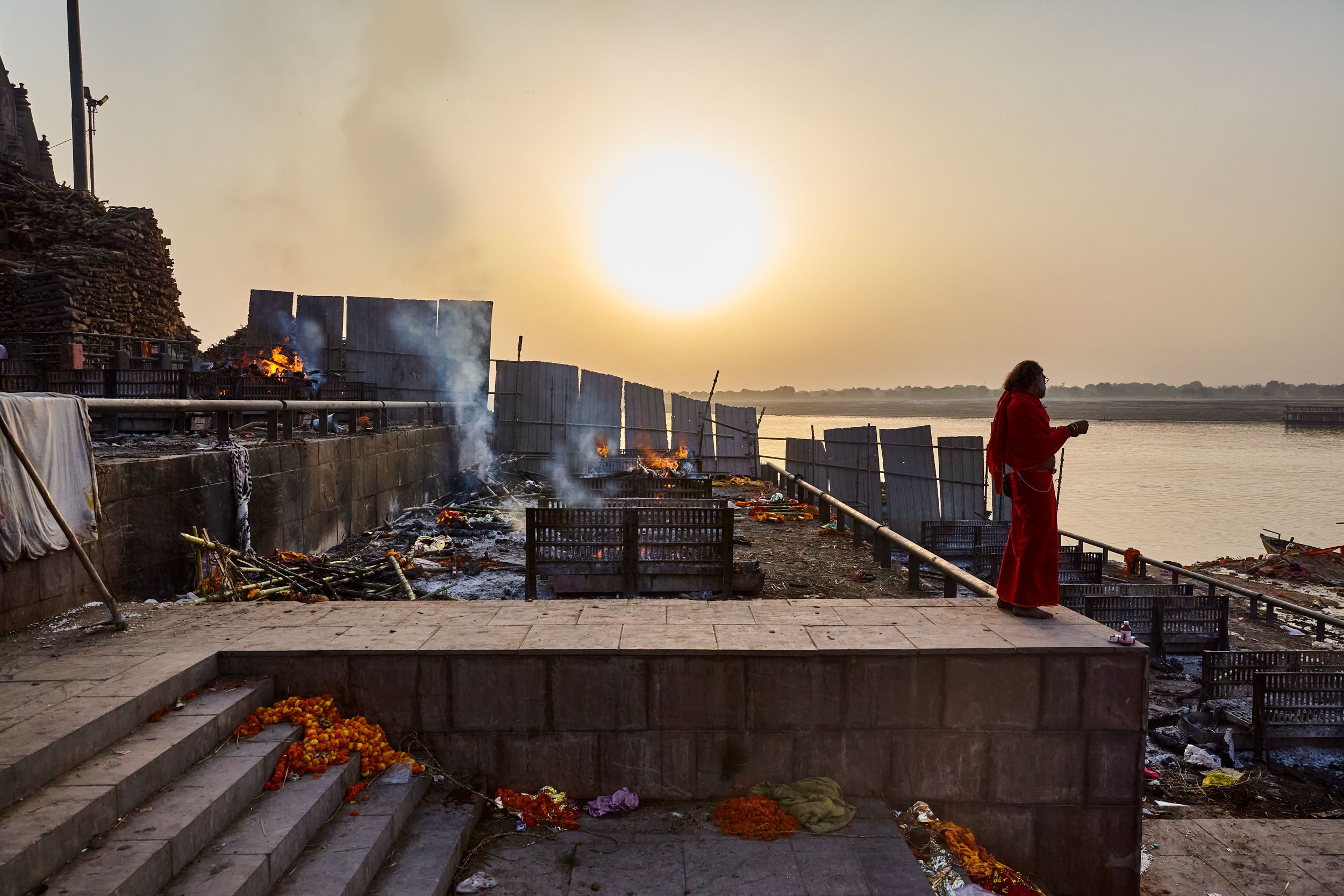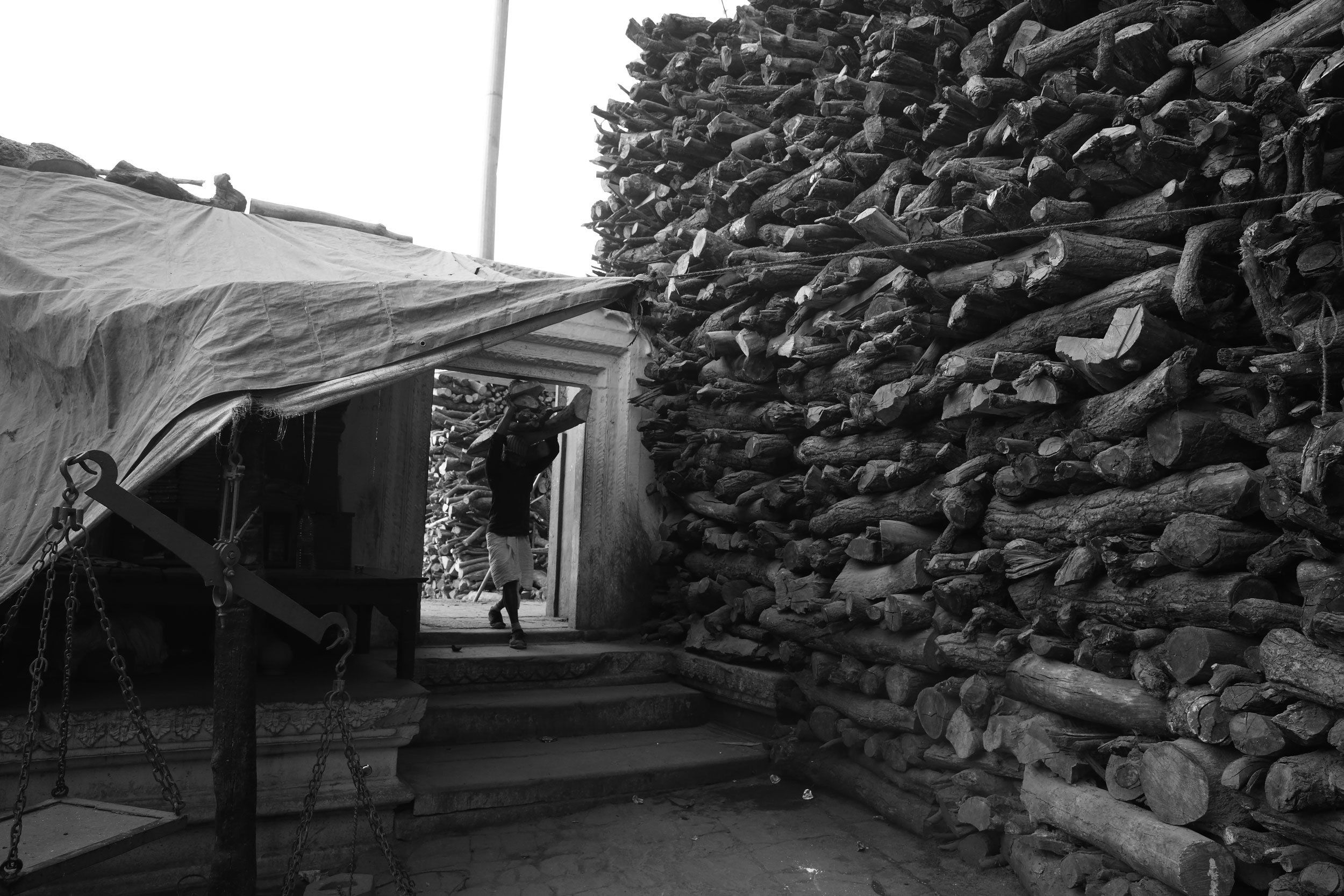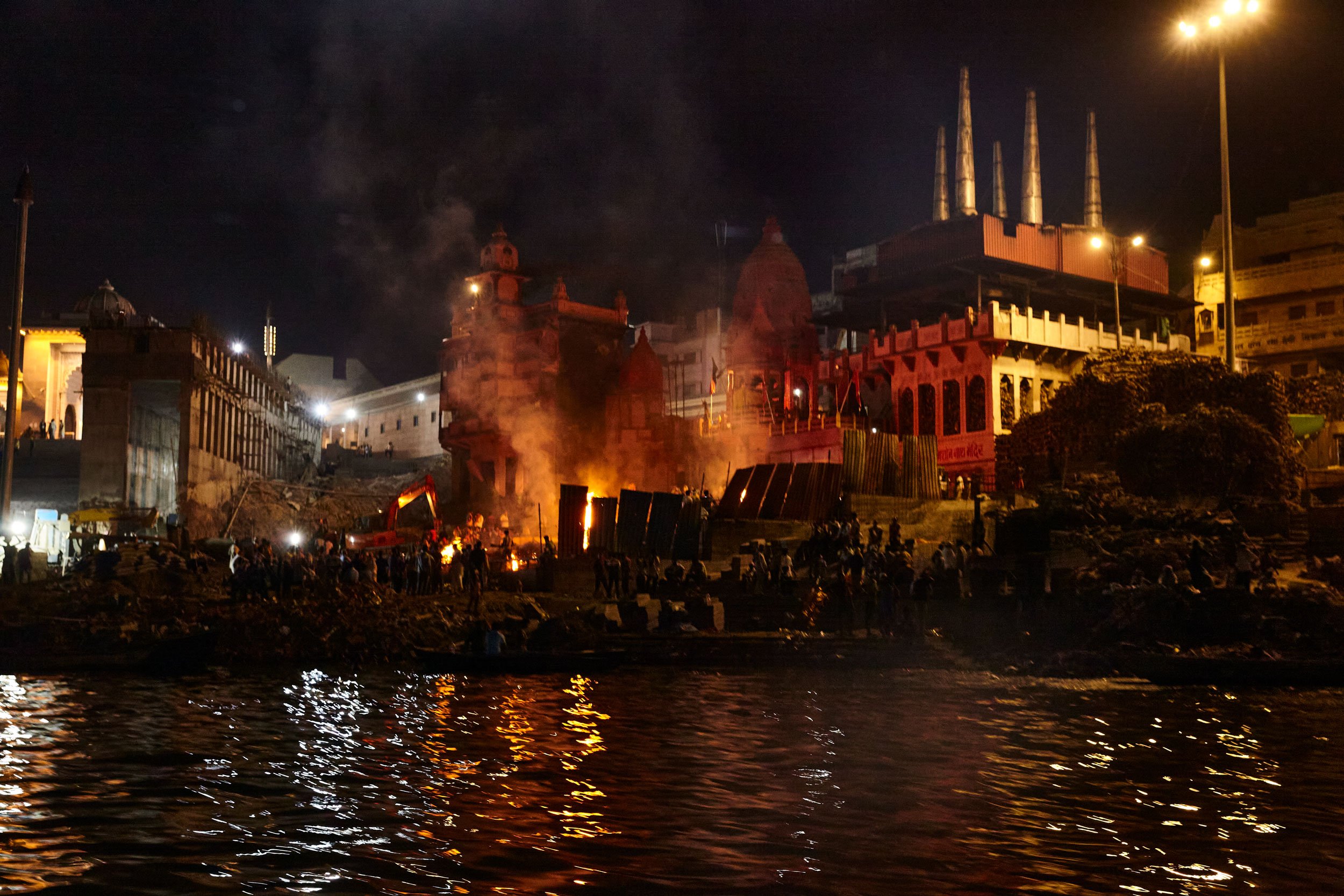
BANARAS | WHERE THE GODS EMBRACE
Varanasi, also known as Kashi, is considered one of the holiest cities in India, particularly for Hindus. It holds immense spiritual and religious significance, especially concerning the concept of death and salvation in Hinduism.
According to Hindu beliefs, Varanasi is believed to be the city of Lord Shiva and is associated with Moksha or liberation from the cycle of birth, death, and rebirth. It is believed that dying in Varanasi and being cremated on the banks of the sacred Ganges river can grant a person liberation from the cycle of reincarnation and lead to spiritual salvation.

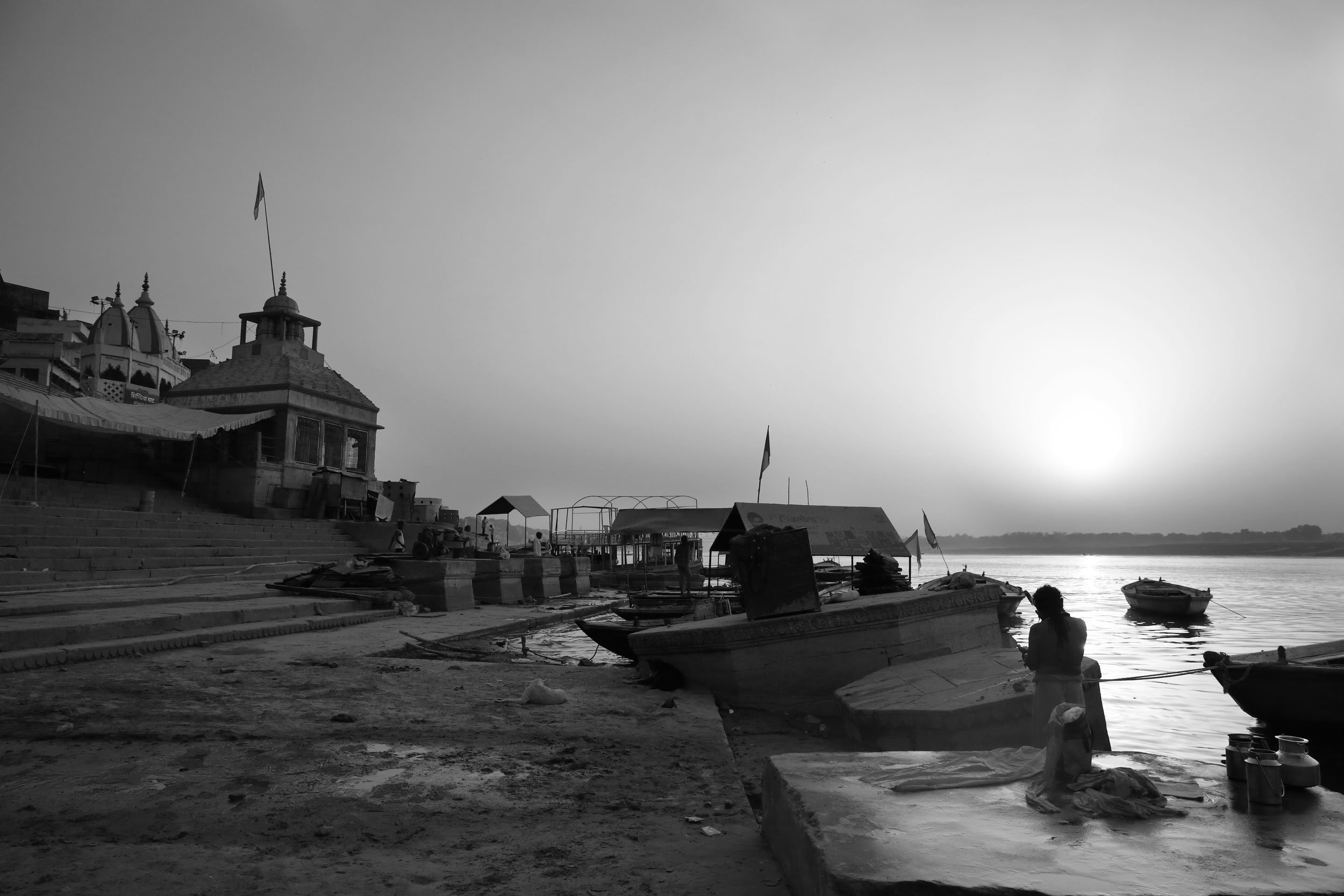
For many visitors, Varanasi is not just a place to seek spiritual salvation, but also an opportunity to witness the rich tapestry of Indian culture, traditions, and rituals that surround life and death. It remains a city of profound significance, drawing pilgrims and travelers alike, each seeking their own unique experiences.
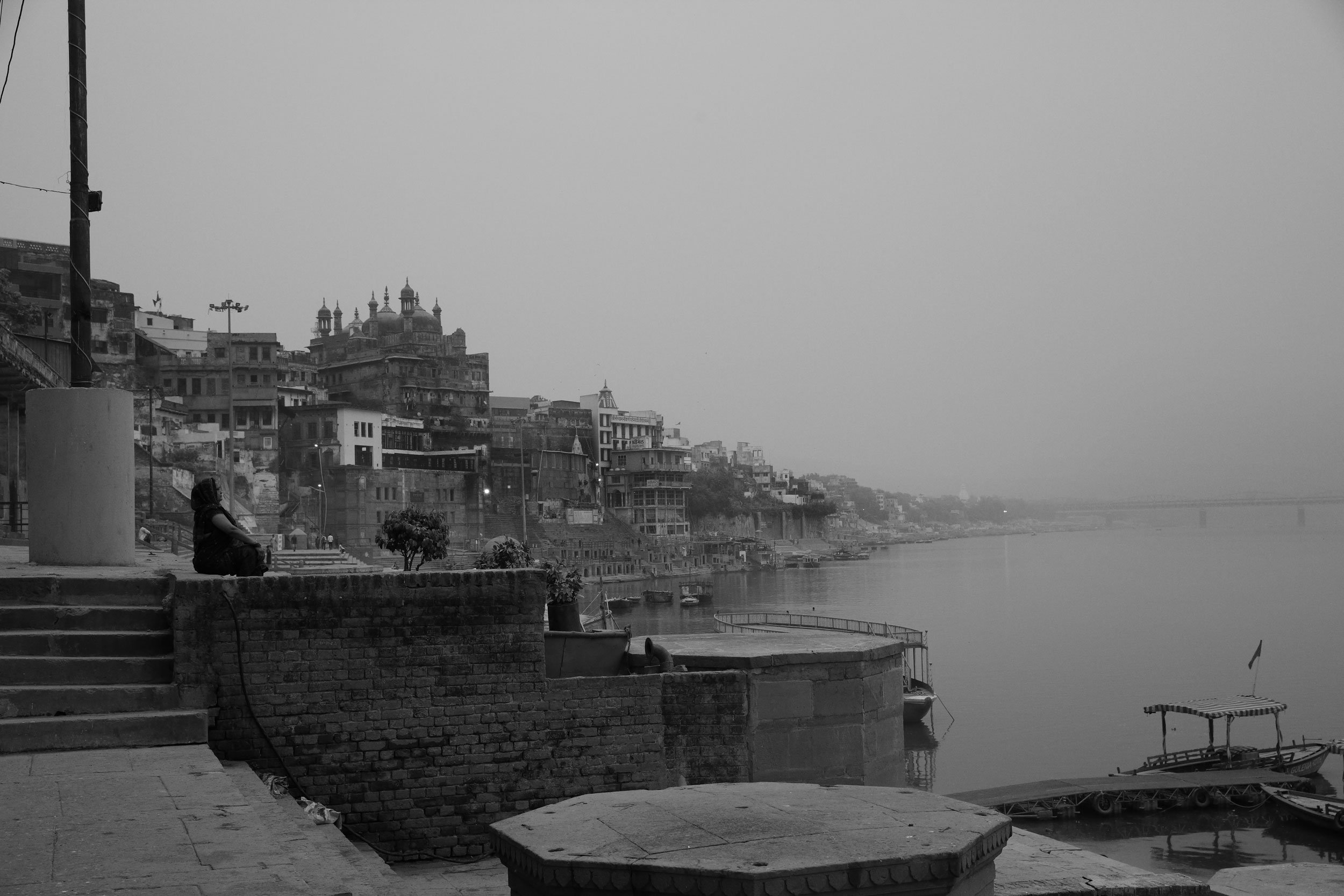

Rituals of life and death are parallel happenings on the ghats. This belief draws thousands of devout Hindus, especially the elderly and those facing terminal illnesses, to Varanasi. Many come to spend their last days in the city, hoping to attain a peaceful death and have their ashes scattered in the Ganges after cremation. Many visit Varanasi for spiritual experiences.

Dashashwamedh Ghat, right next to the Kashi Vishwanath Temple is the perfect place to watch the Aarti. The morning Aarti is called Subah-E-Banaras and it is considered to be the ideal way to begin a morning in Varanasi. It begins with Vedic verses and is followed by the Ganga aarti. A tribute is also paid during the Aarti to the four basic elements that comprise everything in this universe: earth, water, sky, and fire.

Every evening, the priests of Varanasi perform an elaborate and extremely beautiful Aarti on the ghats of Ganga. Millions of Indians and tourists visit the city of Varanasi just to witness the grandeur of the evening Ganga Aarti. Tourists, religious believers and priests arrive, some by navigating the narrow by-lanes of the city and the others by boats over the river to reach the ghats.

A group of young priests are gathered here to conduct the Aarti ceremony, they start the ritual by offering flowers to the river Ganga. It almost feels as if the hustle bustle of the city has suddenly fallen silent when the conch shells are blown. The blowing of the conch heralds the beginning of the Arati.


Since the Ganga Aarti of Banaras is for the River Ganga, a statue of the Goddess Ganga is placed in the centre at one of the raised platforms. With the sound of bells, chants and lighting of incense sticks and diyas, the Aarti progresses. More prayers follow with plenty of incense sticks and hundreds of multi-tiered brass oil lamps are lit.

More prayers follow with plenty of incense sticks and hundreds of multi-tiered brass oil lamps are lit. Oil lamps in the shape of snake hoods are waved in a synchronised motion offering reverence to the mighty river. The rhythmic chanting of holy mantras accompany the fervent worship of the priests. Marigold flowers and offerings are made with the chanting and conch shells are blown. Prayers are offered and the spectacular Arati comes to an end leaving behind a deep feeling of spiritual enlightenment.
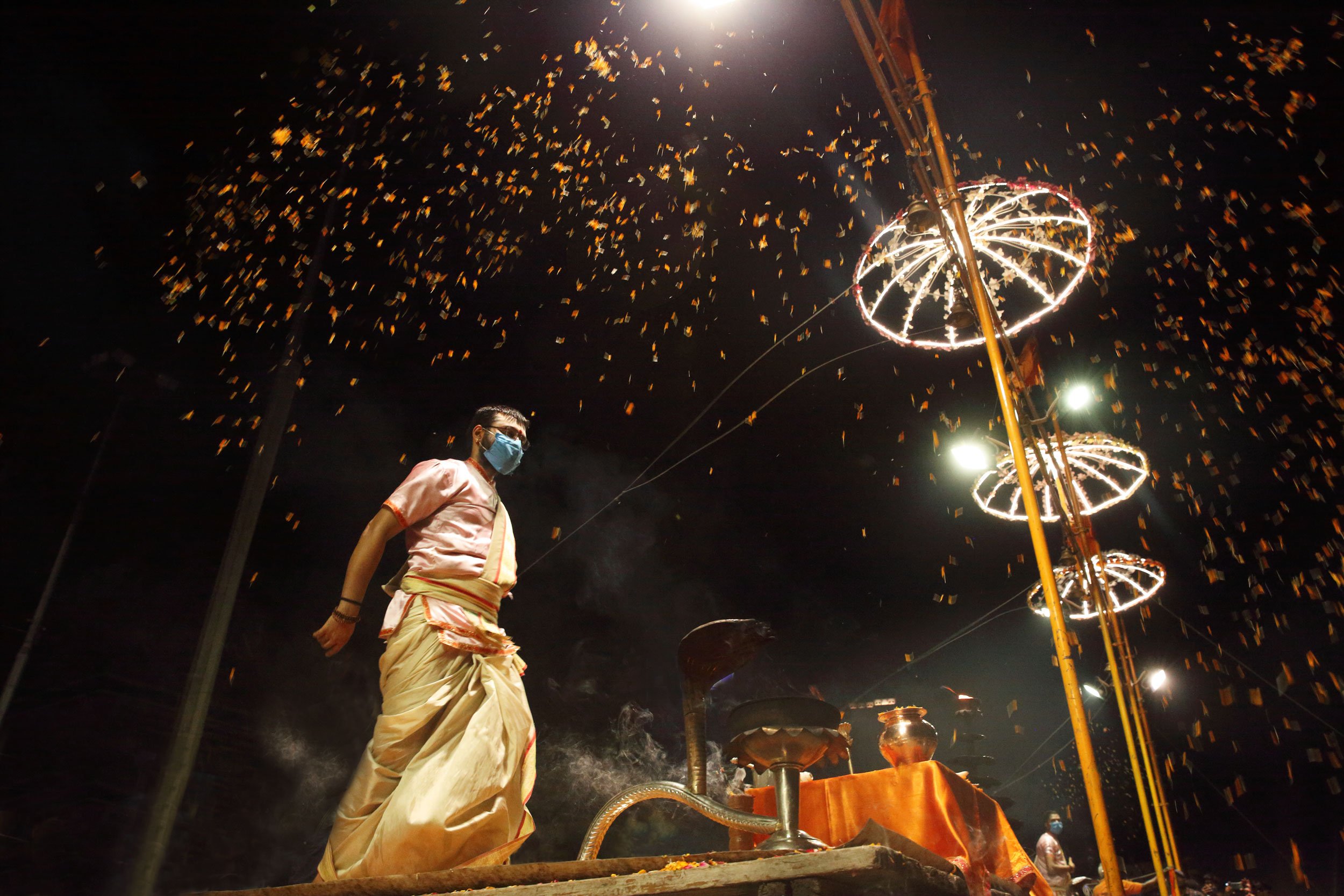
Varanasi has two famous burning ghats- Raja Harish Chandra ghat and Manikarnika Ghat. With a cluster of temples surrounding the water’s edge, Manikarnika Ghat is the main cremation ground of Banaras and offers a poignant window into the final journey of life.
The burning ghats never sleep. Some 300 bodies are cremated here every day. While the dead achieve salvation, the ghats narrate a story of extreme lives being lived in extreme conditions where death is the only source of livelihood.
